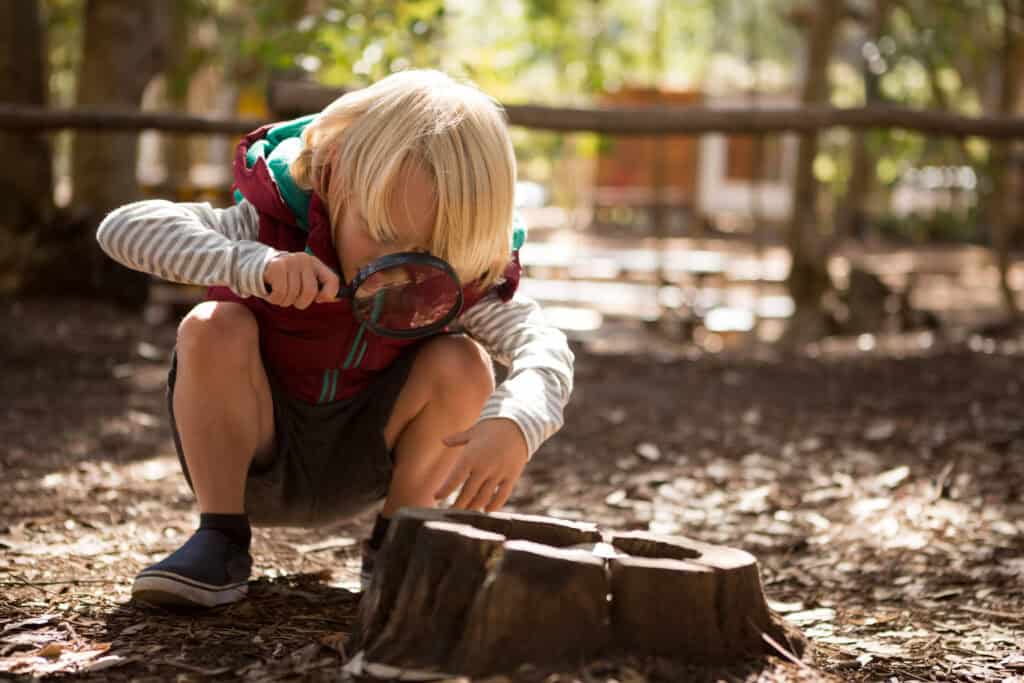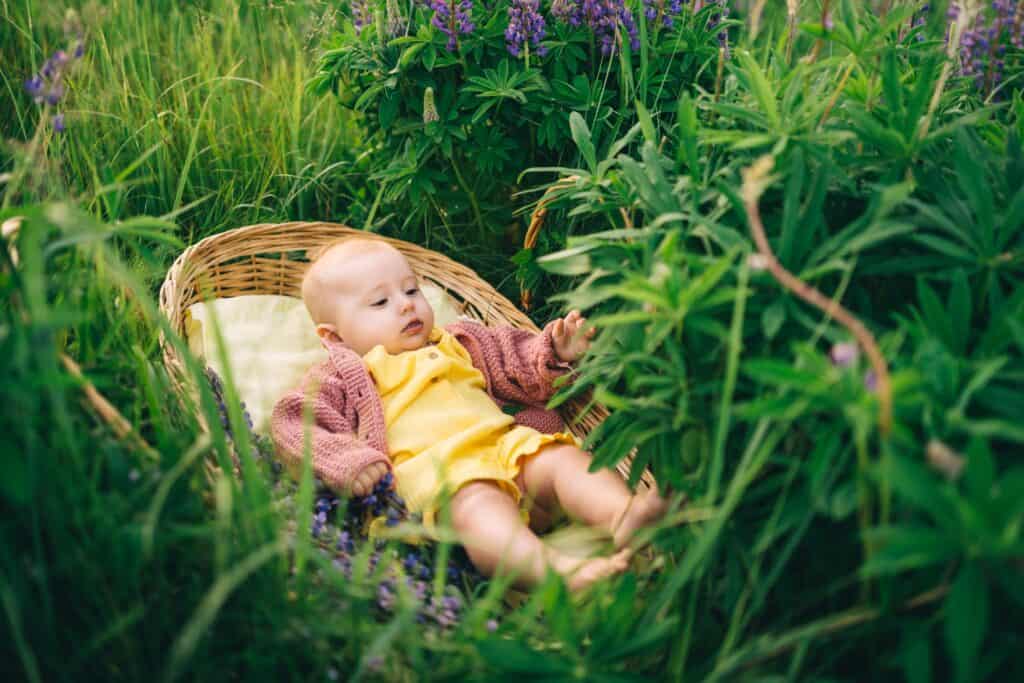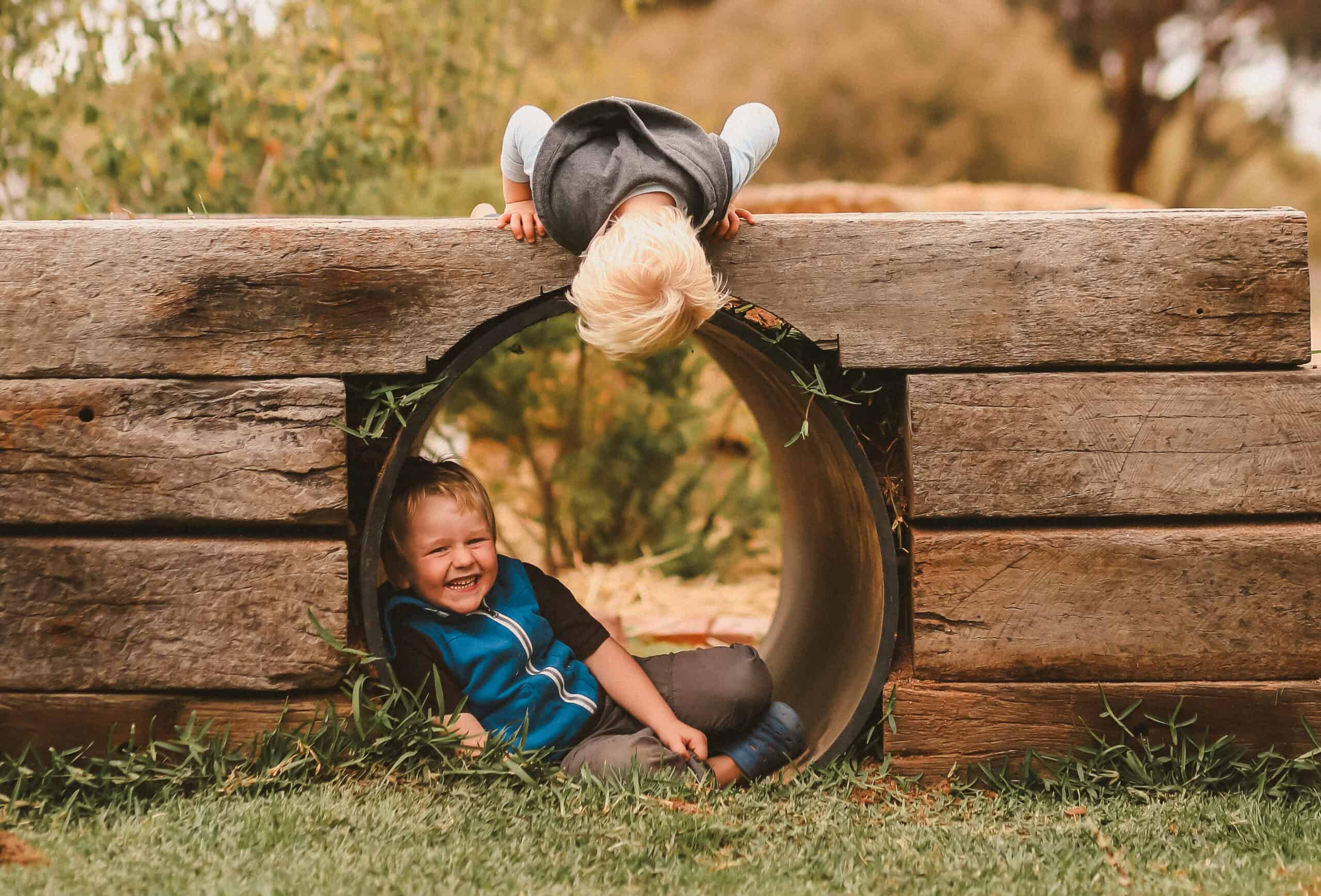When is a game of blocks more than just fun?
When Play Becomes the Most Powerful Teacher
Play is a crucial part of child development and is best when it becomes a massive part of a child’s life. It contributes to cognitive, physical, social, and emotional development, sensory integration, language skills and interpersonal relationships, as well as creativity. Play also sparks communication and communication drives brain growth. Our brain is always primed to play (learn more about the brain’s incredible adaptability during play in Building Better Brains: How Play Strengthens Executive Function in Children).
As children’s first teachers, parents intuitively know the importance of play in a child’s development. Yet, despite its many benefits, we rarely associate play with learning. For most people, learning is perceived to involve gaining a specific new skill, such as memorising the alphabet, counting, writing, etc., and play is intended to be fun.
However, the developmental importance of play is well-documented. Play allows children to learn new skills, master newly acquired skills, as well as adapt the skills that have been learned and mastered and apply them to new situations.

Neuroscience Insight
Children’s brains aren’t just built to learn through play – they require it.
During play, especially social play, the brain releases powerful neurochemicals like dopamine and oxytocin. These support memory formation, emotional bonding and motivation.Play stimulates the prefrontal cortex, the region involved in self-regulation, planning and decision-making. When children are free to explore, take turns and solve problems together, they aren’t just having fun – they’re wiring their brains for future learning, resilience and connection.
Different Stages of Play
Providing your child with ample time and opportunity to engage in structured and unstructured play is essential. According to American sociologist and researcher at the University of Minnesota’s Institute of Child Development, Mildred Parten, as children grow and develop social skills, they go through six stages of play. Each stage is significant in their early childhood development and involves exploration, creativity, and enjoyment.
Mildred Parten identified six key stages of social play that children move through as they grow. Each one builds on the last, and all are crucial for development.
1. Unoccupied play
In this stage, infants explore and develop their motor skills through hand, arm, leg and foot movement. This is the foundation for the other five stages of play. It looks like babies are exploring materials around them without any sort of organization but, in fact, unoccupied play helps them to orient themselves in the world around them. This stage is characterised by a lack of social interactions and focus, as well as no clear storylines.
When done outdoors, unoccupied play allows infants to observe trees swaying, insects crawling and clouds drifting – developing early sensory integration in nature.
Key Signs: Random movements, no clear goal, little social interaction.
Developmental Benefit: Lays the foundation for motor coordination and attention.

2. Solitary play
This is a stage in which children tend to prefer playing alone, rather than interacting with others. While engaging in solitary play, children do not notice or acknowledge other children and are making no attempt to get close to or interact with others, but they are actively exploring the world around them. In solitary play, children can explore freely, master new motor or cognitive skills and prepare themselves to play with others. This stage is characterised by increased focus and attention on toys, lack of clear goals and using one object to represent another object (symbolic play).
A child digging alone in soil, stacking rocks, or playing with water outside engages in solitary play while also strengthening ecological awareness and tactile learning.
Key Signs: Focused attention, limited awareness of others.
Developmental Benefit: Encourages independence, imagination, and concentration.
3. Onlooker play
At this stage, typically at two years old, a child tends to prefer observing other children playing without actively engaging with them. This is the first step to learning to play with their peers. They learn about the social rules of play and relationships as well as explore different ways of playing or using materials. This stage is characterised by an interest in other children’s play, withholding from play due to fear or hesitation, and making comments on the activities, but not directly joining others’ play.
In natural settings like community gardens or forest schools, onlooker play is supported by diverse, stimulating environments where children can learn through watching others engage with the natural world.
Key Signs: Watching peers, occasional comments, hesitance to participate.
Developmental Benefit: Builds awareness of social norms and strategies.
PAUSE AND REFLECT
Think back to your own childhood. Which stage of play do you remember most vividly – and how did it shape the way you interact with others today?
4. Parallel play
Parallel play refers to a situation where children engage in independent play activities while being in the presence of and alongside other children. In this stage, children are not really engaging in a social exchange, but they work side by side on the same activity, practicing skills and learning new methods to engage together. They tend to play beside and use similar toys to those around them, but are not playing directly with others. This stage is characterised by independent exploration, observing and mimicking others while playing in the same room and even engaging in the same activities, but having separate goals and focus during the activity.
Parallel play can be deepened by outdoor environments – imagine two children building forts from sticks on opposite sides of a park, each in their own space yet learning from each other’s movement and experimentation.
Key Signs: Playing near others but separately, minimal interaction.
Developmental Benefit: Teaches coexistence and the basics of shared space.
5. Associative play
At this stage, children begin to truly play with others. This is when they play together but have different ideas and goals. Children are less focused on the activity or object involved in play and begin to be more interested in the other players and associations with them. This stage allows children to practice what they have observed through onlooker and parallel play. Associative play is characterised by asking each other questions about play, mimicking and observing at a closer distance, interacting with each other and sharing toys, but still not working toward a common goal.
Nature offers boundless associative play opportunities: collecting leaves together, following animal tracks, or building fairy houses using fallen twigs and petals. These interactions promote teamwork and shared storytelling.
Key Signs: Asking questions, casual cooperation, no unified outcome.
Developmental Benefit: Improves communication and negotiation skills.

6. Cooperative play
This is when children are playing together and working toward the same goals. Parten describes this stage as the highest level of social play. Children might adopt group goals, establish rules for play and demonstrate division of labour. Cooperative play is more complex because it requires negotiation skills among children. Sharing and turn-taking are still difficult for children so they will need our support and scaffolding to help them develop positive social skills (for a structured method that supports peer-based social play, see How LEGO® Toys Can Be Building Blocks for Social Growth, especially beneficial for neurodivergent learners). This stage is characterised by working cooperatively together, having special team roles and responsibilities and sharing a common goal.
Outdoor group challenges like scavenger hunts, obstacle trails, or creating a shared garden plot embody the spirit of cooperative play while embedding pro-social and ecological values.
Key Signs: Shared rules, group roles, problem-solving as a team.
Developmental Benefit: Develops collaboration, empathy and conflict resolution.
Outdoor and Nature-Based Play: A Missing Link in Social Learning
While the stages of play are typically described through social and cognitive lenses, the role of the environment – particularly nature – deserves greater attention. Outdoor and nature-based settings improve every stage of play by providing rich sensory input, spatial freedom and emotionally restorative experiences.

Exposure to green space during play has been associated with reduced stress, increased mood and improved executive function. Activities like tree climbing, hide-and-seek in long grass, or watching ants build a nest build not only physical agility but ecological intelligence. These biophilic interactions foster environmental empathy from an early age.
Research also suggests that natural environments support greater cooperation and creativity during social play, compared to indoor settings. Nature inherently invites curiosity, imagination and interdependence – qualities essential for healthy child development and future planetary stewardship.
Actionable Steps for Parents and Educators:
Support your child’s social development by tuning into their play stage. Here’s how:
- Observe without interrupting: Watch how your child plays to understand their current stage.
- Model the next level: If your child is in parallel play, gently introduce ways to share or talk during play.
- Create the right space: Set up environments that invite both solo and group play—like open-ended materials or group games.
- Respect their pace: Children may move between stages based on mood, environment or personality.
- Celebrate all play: Every stage is valuable – not just the social ones. Play in any form is progress.

Cultural Connection
The way children play – and how we support that play – varies widely across cultures.
In Kenya’s Kisii community, young children are not often directly encouraged to play but instead learn by observing and imitating older siblings, gradually integrating into social life. Meanwhile, in Italy’s Reggio Emilia approach, children are seen as “competent learners” whose ideas shape the environment – social play is respected as intellectual work.
In Nordic countries like Norway and Denmark, outdoor play is not only encouraged – it is institutionalised in forest kindergartens, where children spend entire days learning and playing in wild natural settings.
These cultural differences show that while the stages of play may be universal, how they unfold depends deeply on the values and expectations of the community surrounding the child. These approaches show that environmental context is not an accessory to play – it is a co-teacher.
Extend Your Exploration
Understanding how children move through the stages of play is just the beginning. To help you bring these ideas into your home, classroom, or community, we’ve created a set of free tools grounded in developmental science, outdoor learning, and neurodiversity-informed care.

Free Resources to Support Meaningful Play
- Monthly Activity Ideas – A printable activities with seasonal, developmentally appropriate play activities that support brain growth, emotional regulation, and creativity year-round.
- Types of Play Checklist – A quick-reference guide to help identify which stage of play a child is in, with tips for supporting each stage through simple observations and gentle prompts.
- Play Ideas From Around the World – A collection of global play traditions that inspire creativity, teamwork, and cultural appreciation through diverse games and storytelling.
- Incorporating music into daily activities – Simple ways to add rhythm, song, and movement to daily routines — supporting emotional expression, language development, and connection through music.
All resources are free to our subscribers. Sign up here to download, print, and start using them right away to support inclusive, joyful learning.
Final Thoughts
Play is recognised as a universal right of all children and play’s importance in early child development can’t be underestimated. Having a better knowledge about stages of play will help us understand our children’s needs at different stages and help them gradually build their social skills.
Encouraging play activities can significantly contribute to a child’s physical and social development, making it an essential aspect of their overall wellbeing. Play increases children’s growth and development, improving social interaction, cooperation, communication and empathy, helping them reach their full potential.

Reflect
Know someone raising or teaching little ones?
Share this blog piece with them to help nurture more meaningful play – and stronger kids.
References:
- Stanton-Chapman T., Schmidt E., (2021). How do the children play? The influence of playground type on children’s play styles, Frontiers in Psychology (https://doi.org/10.3389/fpsyg.2021.703940)
- Lee S.H. at all, (2022). Development of a Social Play Evaluation Tool for preschool children. Healthcare, 10, 102 (https://doi.org/10.3390/healthcare10010102)
- Gordon Biddle K. et all, Early Childhood Education: Becoming a Professional, Chapter 10: Play and the Learning Environment, SAGE Publications (https://www.sagepub.com/sites/default/files/upm-binaries/53567_ch_10.pdf)
- Pattern M., (1932). Social participation among preschool children, The Journal of Abnormal and Social Psychology, 27(3), 243–269 (https://psycnet.apa.org/doi/10.1037/h0074524)
- The 6 stages of how kids learn to play | Child development, (2022). Pathways (https://pathways.org/kids-learn-play-6-stages-play-development/)
This piece was written for you by
A Specialist in Music, Culture and Child Development / Chief Creative Officer at Neuro
Monika is a specialist in music, culture and child development, dedicated to exploring how music shapes cognitive growth, language acquisition, and emotional wellbeing. She guides parents and educators in using the power of music to support children’s learning, growth and creativity. At Neuro, she contributes research-driven content that connects neuroscience, education, and the arts, fostering a deeper understanding of music’s role in holistic development.
Human Resource Development Specialist / Neuro Brain Trust Member
Nana is a contributing author and Neuro Brain Trust Member with a background in Human Resource Development and communications. She brings a unique perspective shaped by her experience in customer relations, media, and corporate service. With a strong foundation in both people-centred practice and organisational development, Nana’s writing explores how human connection, empathy, and communication shape healthier systems and stronger communities.
